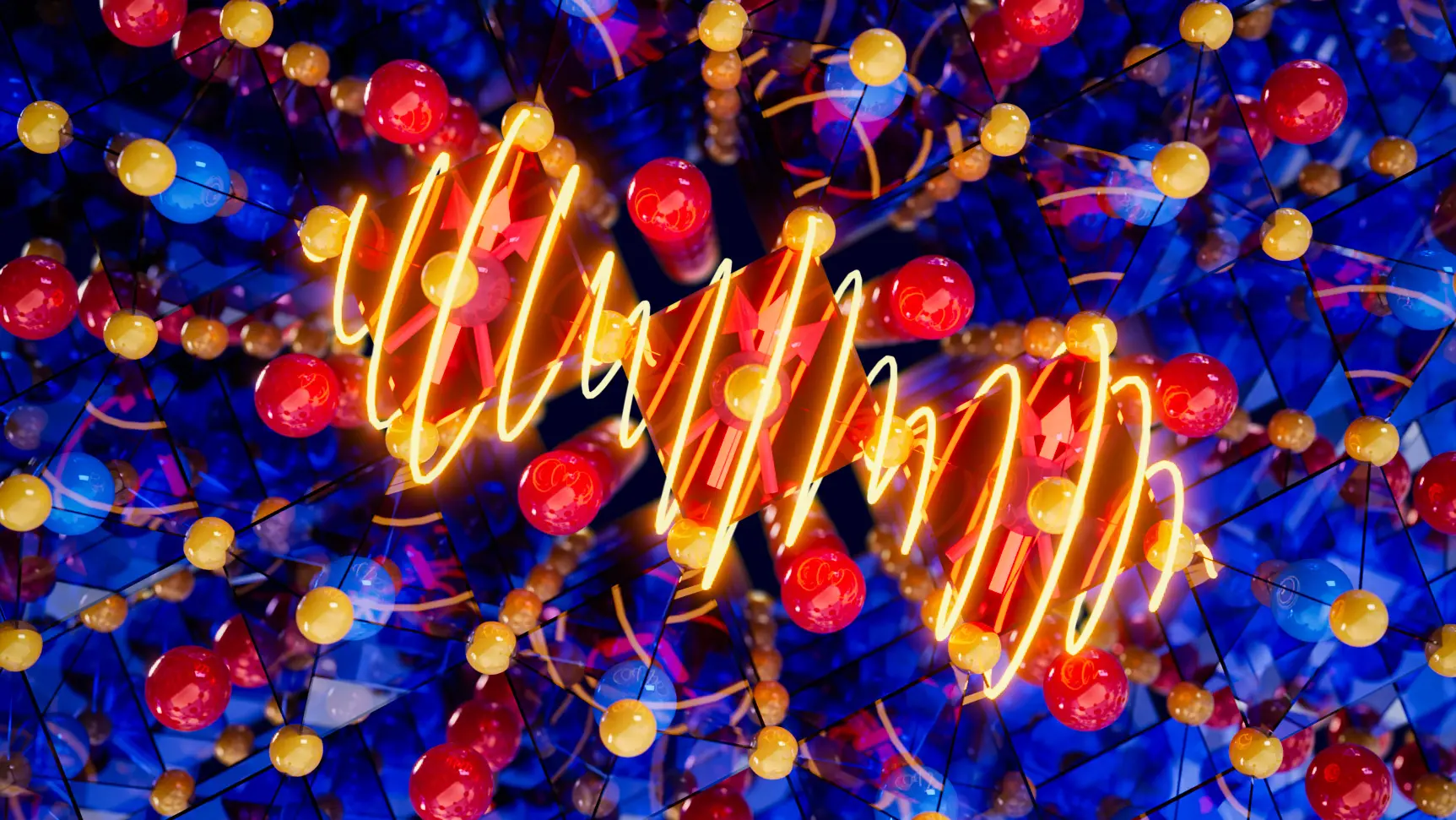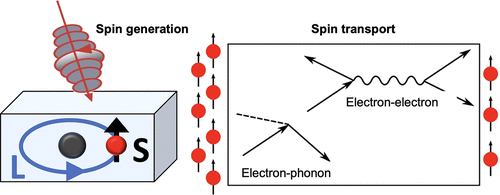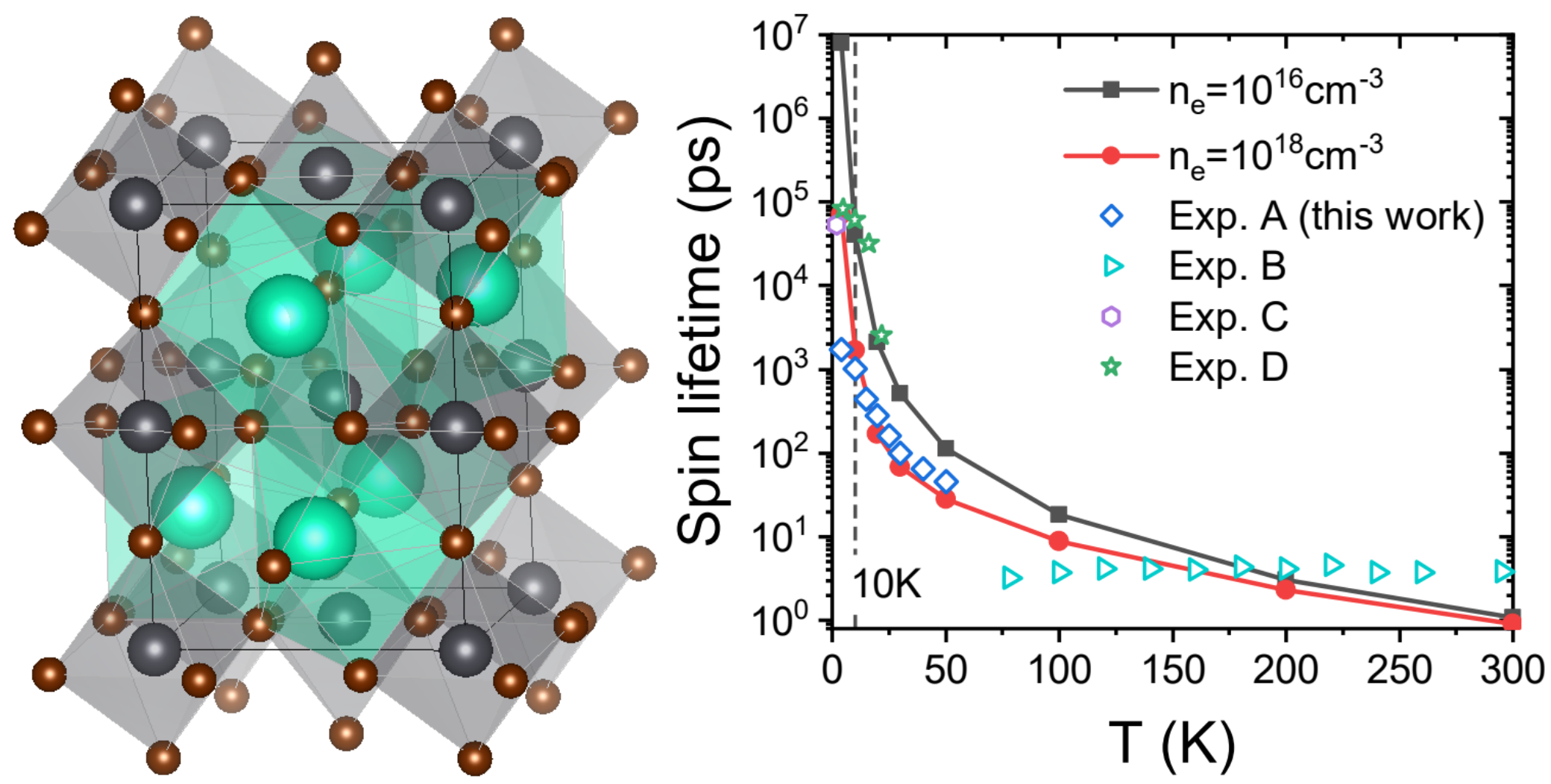Congratulations to Prof. Ping and Dr. Tyler Smart for their work on “Computational Design of Quantum Defects in Two-Dimensional Materials”, published in Nature Computational Science! The journal cover represents this work.

Computational design of 2D quantum defects
Volume 1 Issue 10, October 2021
Quantum defects in two-dimensional (2D) materials are considered important candidates for next-generation quantum technologies. However, the reduced dimension brings in difficulties, such as anisotropic dielectric screening and strong many-body interactions, which encourages the development of advanced first-principle theories for guiding rational design of 2D quantum defects. In this issue, Yuan Ping and Tyler J. Smart discuss the recent achievements in advanced electronic structure theories for 2D quantum defects, and further examine the theoretical and methodological challenges in the field.
Abstract: Missing atoms or atom substitutions (point defects) in crystal lattices in two-dimensional materials are potential hosts for emerging quantum technologies, such as single-photon emitters and spin quantum bits (qubits). First-principles-guided design of quantum defects in two-dimensional materials paves the way for rational spin qubit discovery. In this Review, the frontier of first-principles theory development and the challenges in predicting critical physical properties of point defects in two-dimensional materials for quantum information technology are discussed, in particular for optoelectronic and spin-optotronic properties. Strong many-body interactions at reduced dimensionality require advanced electronic structure methods beyond the mean-field theory. Grand challenges on theoretical methods that are appropriate for strongly-correlated defect states, as well as general approaches for predicting spin relaxation and decoherence time of spin defects, are yet to be addressed.





